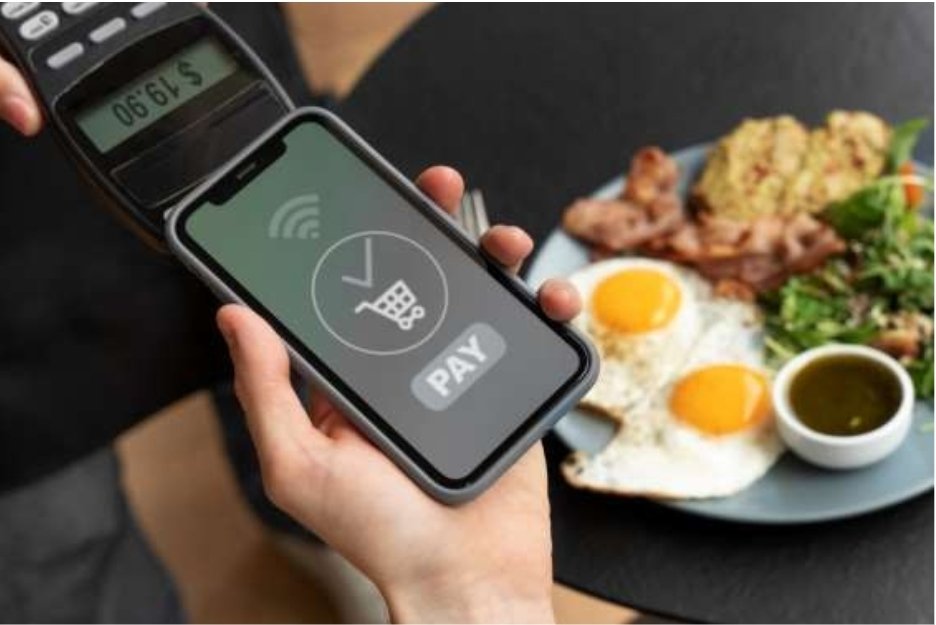Asia’s digital revolution hasn’t arrived with a bang—it’s arrived in tiny, consistent taps on mobile screens. As billions of people across Southeast Asia, India, and Korea access the internet primarily through mobile devices, micropayments have emerged as more than just a method of digital transaction. They are now a gateway to financial inclusion for the underbanked, the gig economy, and even rural populations long overlooked by traditional banks.
This story isn’t about coins or cents. It’s about how people gain access to digital tools, ecosystems, and economic empowerment
- From Cash-Only to Mobile-First: The Leapfrog Shift
In many parts of Asia, banking infrastructure hasn’t caught up with smartphone penetration. Mobile apps have leapfrogged the need for physical bank branches or desktop banking tools. With micropayment solutions built directly into telecoms,
e-wallets, and social platforms, users who previously operated in all-cash economies now participate digitally—without needing a bank account.
One-touch purchases for mobile games, learning modules, or transit passes introduce financial behaviors that scale upward. Micropayments are the first step toward digital budgeting, saving, and even credit-building. It’s a massive behavioral shift, and it’s happening fast.
- Enabling the Gig and Informal Economies
The rise of the gig economy—delivery drivers, live streamers, resellers—has created a need for real-time, small-value payment infrastructure. Micropayment platforms enable seamless earnings, tipping, and service fees, often completed instantly through mobile devices.
These micro-earnings, when supported by scalable payout systems, create economic security for individuals who might never meet the income requirements of a traditional savings account.
This isn’t theory—it’s playing out across platforms that handle payouts in local currency, integrate with national ID systems, and adjust to variable income flows. The financial system becomes liquid, flexible, and human.
- Trusted Layers for Users Who Don’t Trust Banks
Trust is a major barrier to adoption in regions where financial systems have failed communities before. This is where Korean fintech innovation shines. By embedding security directly into the user interface—transparent fee models, biometric authentication, instant receipts—platforms create a sense of control that banks often lack.
A user in a remote village may not trust a bank, but they might trust the app they use to stream K-pop or pay for mobile data. That familiarity, paired with responsible financial infrastructure, drives usage.
At the heart of this trust is a secure micropayment cash-out system, often powered by a trusted Korean fintech platform. These systems don’t just move money—they move confidence.

- Designing for the Margins: UI, Language, Access
Financial inclusion isn’t just about availability—it’s about accessibility.
Micropayment interfaces are being built to support:
- Multiple local languages
- Voice and visual prompts for low-literacy users
- Offline support for low-data zones
This inclusive design means that populations previously excluded by text-heavy or ID-dependent apps can still participate. It’s not just fintech—it’s financial human- tech.
- Policy Partnerships and Mobile Regulation Support
Governments across Asia are waking up to the potential of micropayments in welfare distribution, stimulus packages, and digital identity activation. When micropayment platforms partner with national policy goals, the result is efficient delivery of services at scale—without corruption, without leakage.
From India’s Aadhaar-linked wallets to Korea’s mobile tax refund systems, micropayment rails are becoming digital policy infrastructure. They make governance more real-time and transparent, especially in regions where bureaucracy once blocked access.
Final Takeaway
Financial inclusion doesn’t require million-dollar loans or complex derivatives. Sometimes, it starts with ₩1,000 earned, saved, or spent in a single mobile interaction.
Micropayments, when made secure, local, and intuitive, become more than tools. They become on-ramps to the digital economy. They enable parents to invest in online education, creators to earn directly from fans, or street vendors to manage their daily revenue digitally.
Asia’s economic future isn’t just being built in skyscrapers or crypto hubs. It’s being built one microtransaction at a time—quietly, inclusively, and with far more impact than most of us realize.
Read More: Forbesbusinessview.com

